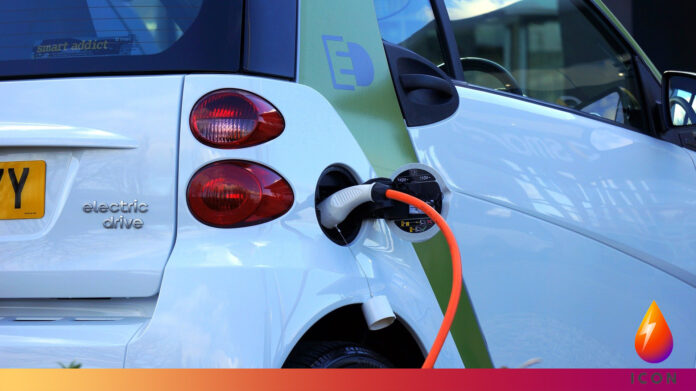In this thought piece, Paul Preston takes a look at the sustainability of different elements relating to electric vehicle production. Paul is a freelance writer from Redbridge, London who is juggling work and University duties as he is trying to finish his Masters’s degree in Big Data Management.

Governments and eco-researchers worldwide are encouraging the use of electric vehicle (EV) technology, for everything from personal cars to delivery vans, in an attempt to cut down on the harmful emissions that petrol and diesel vehicles produce.
Reducing these improves the air quality, which is important for the planet, but is also vital for public health in built-up areas such as cities, where pedestrians breathe in the fumes.
For the most part, EV’s are a great step forward for the future. In fact, in 2020, a study by university researchers concluded that EV’s are the best choice in 95% of places in the world. Gone are the days of clunky cars that could only drive short distances before needing to be charged.
As a result of this improved technology, manufacturers are all competing to try and make cars that offer an enjoyable driving experience, combined with a long battery range.
However, not even electric vehicles offer a perfect eco-friendly solution to driving, with one of the biggest queries being the carbon footprint of the overall production of the car. Here, we take a closer look to see why this is.
Raw materials
One of the issues around electric cars is the sustainability of the materials used to make the batteries, such as lithium, cobalt and nickel. According to a guide by AutoTrader, the production of lithium will need to quadruple, and cobalt will need to double in order to provide enough for the number of new vehicles.
As well as actually having enough resources to meet demand, we also need to make sure that they are being sourced ethically and sustainably. Companies should make sure that their raw materials come from sites that are well managed, that workers receive a good rate of pay, work in fair conditions, and that there is no child or forced labour.
It’s also important to look at how mining these materials will affect the local area, and ensure that the jobs that are created are allocated fairly, and support the local economy.
Circular economy
A circular economy means that items are reused and recycled, rather than being thrown away. According to Geotab, the average life of an EV’s lithium-iron battery is around 10 years. Once they degrade and fall below 80% performance, they can no longer power a vehicle.
These batteries can then be reused and recycled in several ways. The first option is the lithium, cobalt and nickel compounds are stripped from the battery, and then sold on to be used again as raw materials in newly manufactured batteries. Alternatively, the battery remains as it is, but is then used for a different purpose, when combined with new bits of technology.
Currently, one example of this is where batteries are used to store energy in homes or workplaces, or are combined with other batteries to store more energy in larger scale spaces. Some car companies already reuse batteries from their cars in their factories to power smaller machines which require less power than running a car.
In order for the production of electric cars to be sustainable, we need to ensure that all batteries are being reused or recycled, rather than some still going to landfill.
Electricity
The source of the electricity that is used to charge the EV is really important when it comes to sustainability. Whilst it’s true that driving the EV itself does not produce air pollution fumes, using standard grid energy does produce CO2, as fossil fuels are used to generate power. The exception to this is you live in a country that runs almost completely off renewable energy, like Iceland.
The best way to reduce the overall carbon footprint of an electric car is to use renewable energy such as solar or wind power to charge the vehicle. If this isn’t possible, then switching to a renewable energy supplier can be a good compromise.
Whilst your electricity is not fully green with this option, as there is no way just to pull renewable energy from the grid, using a 100% renewable energy tariff means that you’re increasing the amount of renewable energy in the grid overall. If everyone did this, then it could really make a difference to the mix of power that electric cars use.
